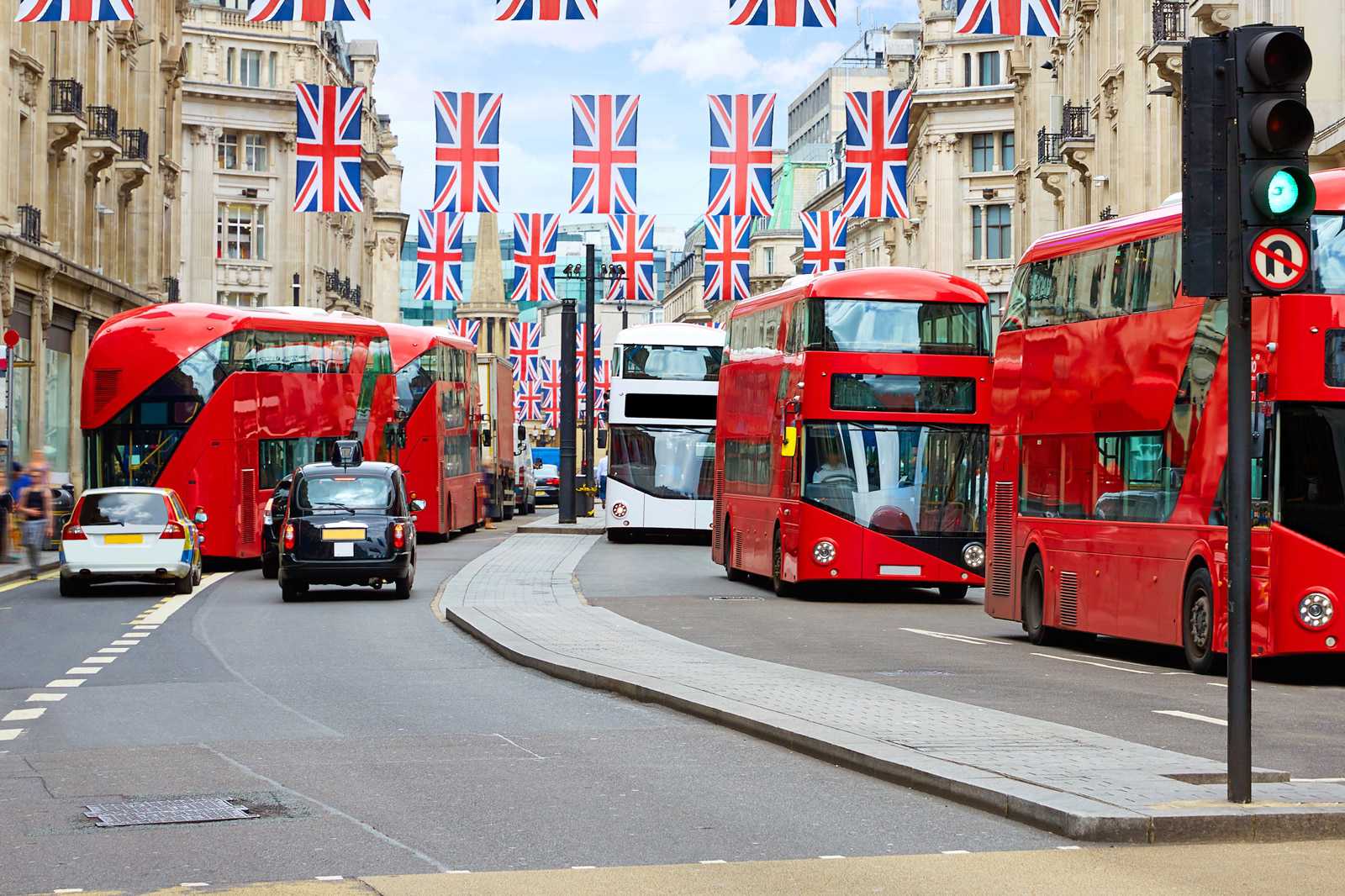Our London Travel Essentials lays out the essential information you need to help you plan your trip to one of the most popular destinations in the UK. No matter how frequently you travel, some questions will always need answers: What’s the weather like? How can I get from the airport to my hotel? What currency and type of plug do I need? We have all these answers plus other basic info about the best time to go, getting there, getting around, and a few useful travel tips.
It’s all compiled in this London Travel Essentials. After reading this short and easy-to-read guide, you will be a little more prepared to start your trip to London.
When is the best time to travel to London?
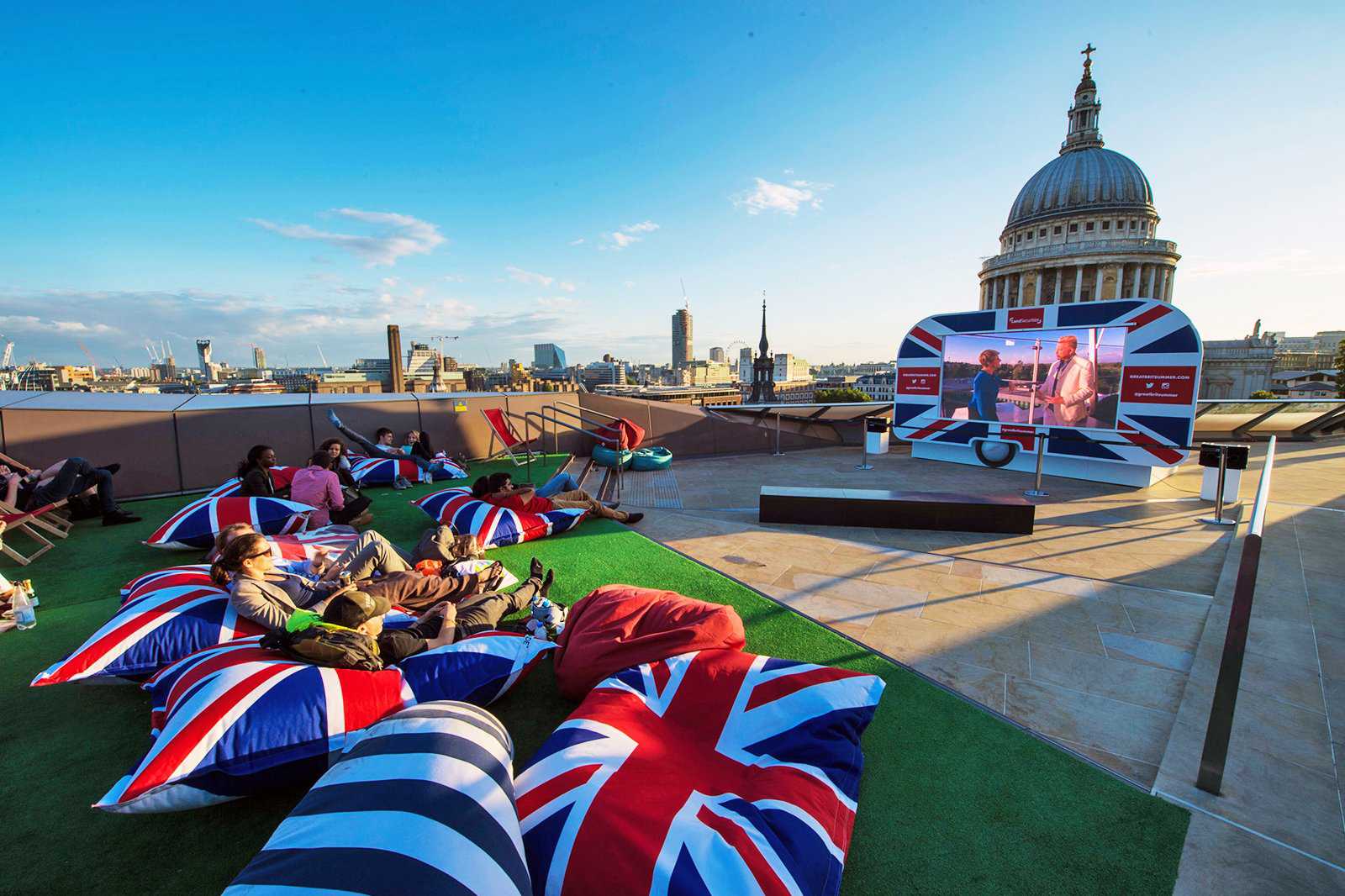
London’s climate is temperate throughout the year, with temperatures ranging from peak-summer highs of 30ºC to just above freezing in winter.
- Peak rainfall occurs in January and November, although it can rain at any time of year.
- Spring and summer are peak tourist times, and hotel and flight prices rise accordingly.
- September is an ideal time to visit, as the weather is still mild, and many festivals are in full swing.
London basics
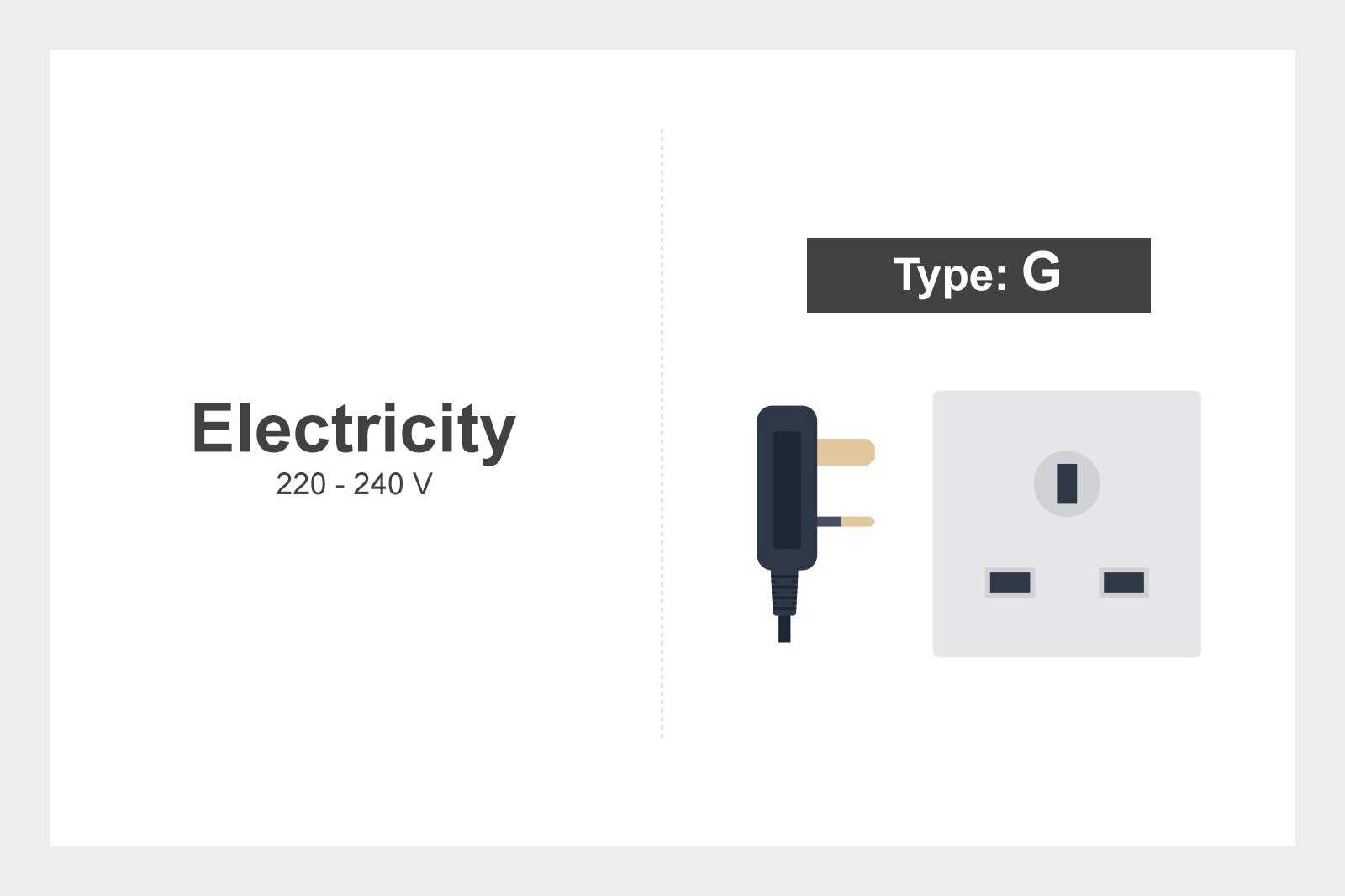
- Primary languages: English
- Plug type: Type G
- Electricity: 220v
- Currency: British Pounds (£)
- International dialling code: +44
- Emergency telephone number: 999
MapaConfira também
- 10 Best Museums in London
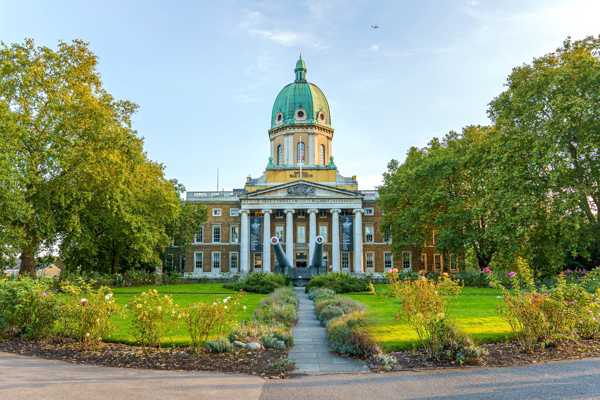
10 Best Museums in London
United Kingdom - 11 Best Things to Do After Dinner in London
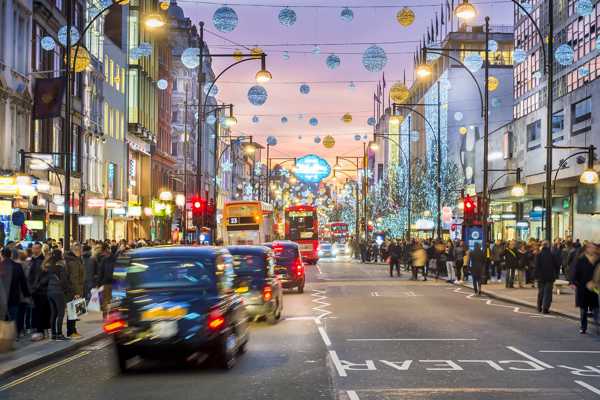
11 Best Things to Do After Dinner in London
United Kingdom - Camden Market in London
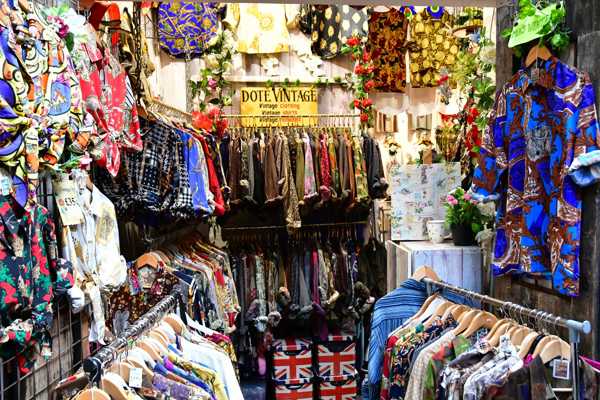
Camden Market in London
United Kingdom
How to get to my hotel in London?
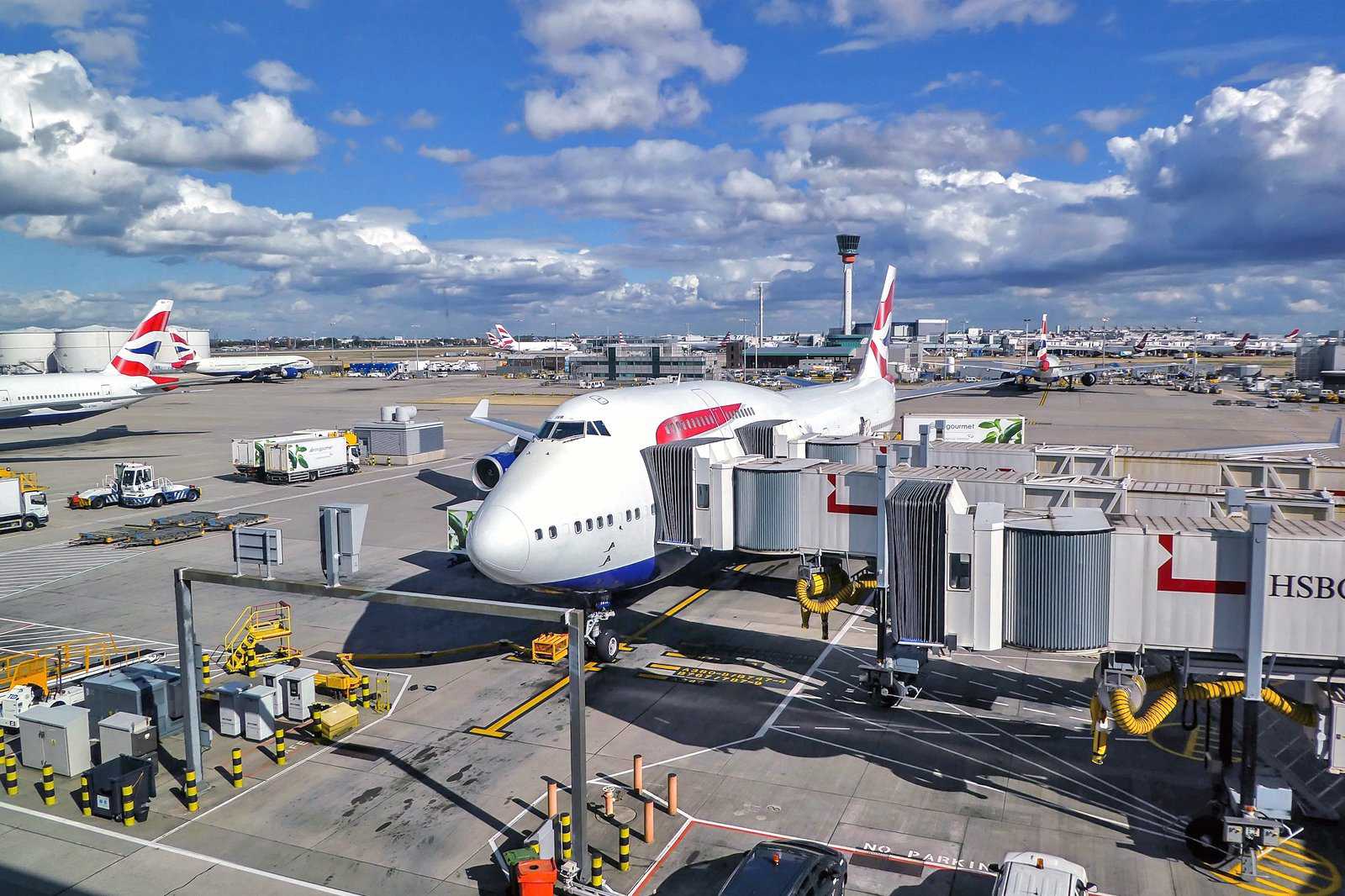
As the UK is an island, the vast majority of people will fly into London. The capital has 5 major airports spread out around the outskirts of the city. The other major transport option available is the Eurostar, which travels through the Channel Tunnel from France.
Heathrow Airport
Chances are you’re flying into Heathrow, London’s international hub on the western edge of the city. All terminals are connected to the Piccadilly Line subway system.
- Getting to Central London: A journey to central London takes a good hour, but there’s also an express train, handily named the Heathrow Express, which runs to Paddington railway station in just 15 minutes.
Gatwick Airport
London’s second-biggest airport is directly south of the capital. The busiest single-runway airport in the world, it serves mainly intra-European flights and limited long-haul services.
- Getting to Central London: The Gatwick Express train service takes just 30 minutes to Victoria Station, with departures every 15 minutes. Slower trains also run to other parts of London.
Stansted Airport
If you’re flying in on a low-cost airline from Europe, there’s a good chance you’ll be using Stansted, found to the northeast of London.
- Getting to Central London: Train is by far the best way to get to the centre of London, with the Stansted Express taking 45 minutes to Liverpool Street Station in the eastern part of central London. There are also cheaper coaches taking just over one hour. Taxis are the most expensive option.
St Pancras International Station
St Pancras is the Eurostar terminal station in London, and has trains arriving from Paris and Brussels in mainland Europe. There are 6 Underground lines linking St Pancras to the rest of London, along with plenty of bus routes and a steady flow of black cabs. It’s worth noting that there’s no 1 main train station for national rail services in London. Major terminals all serve different areas of the country.
How to get around London?
Travel tips
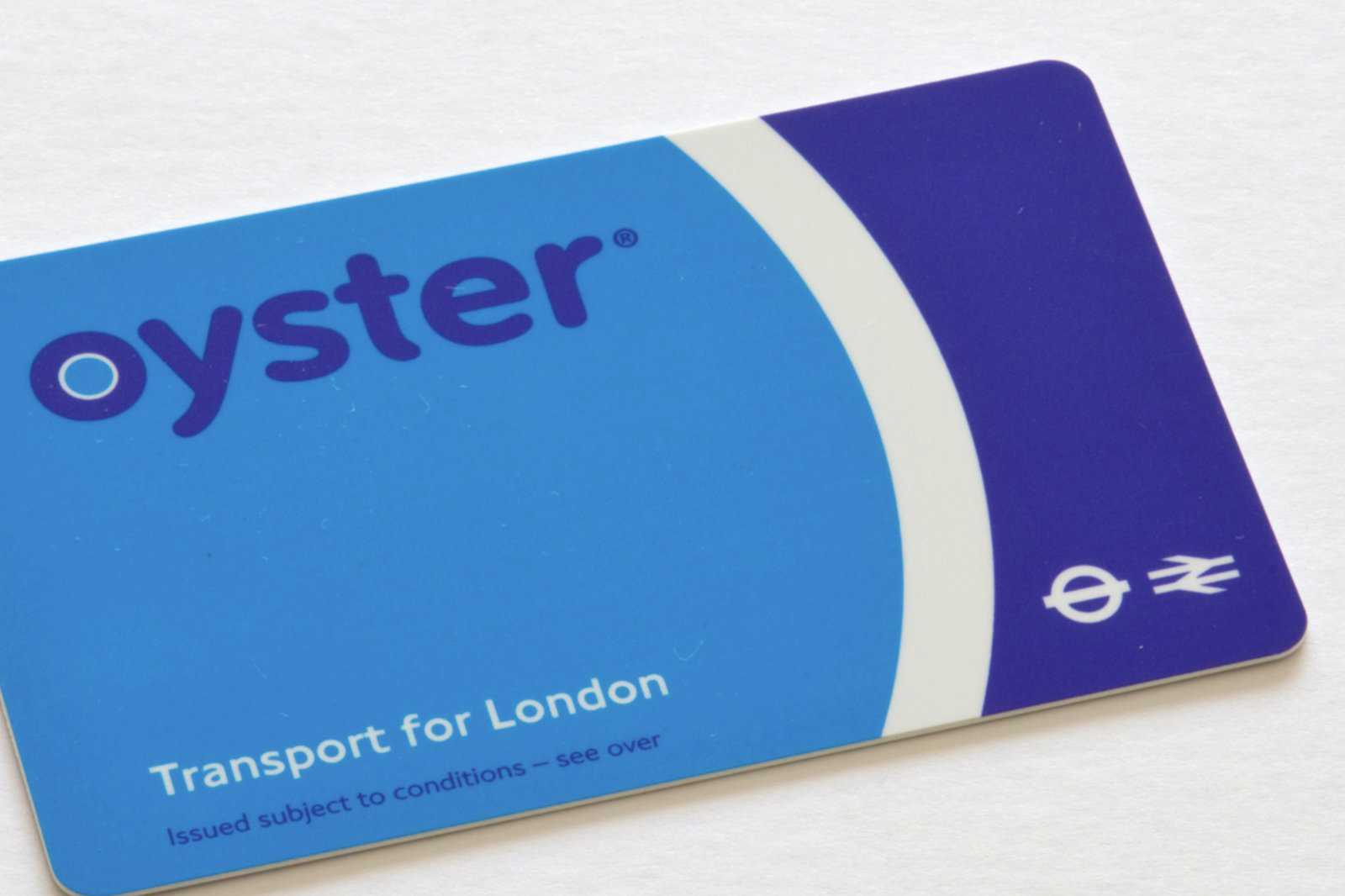
A smart card system called Oyster runs across all of London’s public transport network; get one from a vending machine in a subway station, top it up with money and off you go. Fares are calculated by zone on the Underground and Overground train services, while it’s a flat fee on the buses. Contactless credit and debit cards can also be used on all services, Apple Pay and Android Pay included.
How does the subway work?
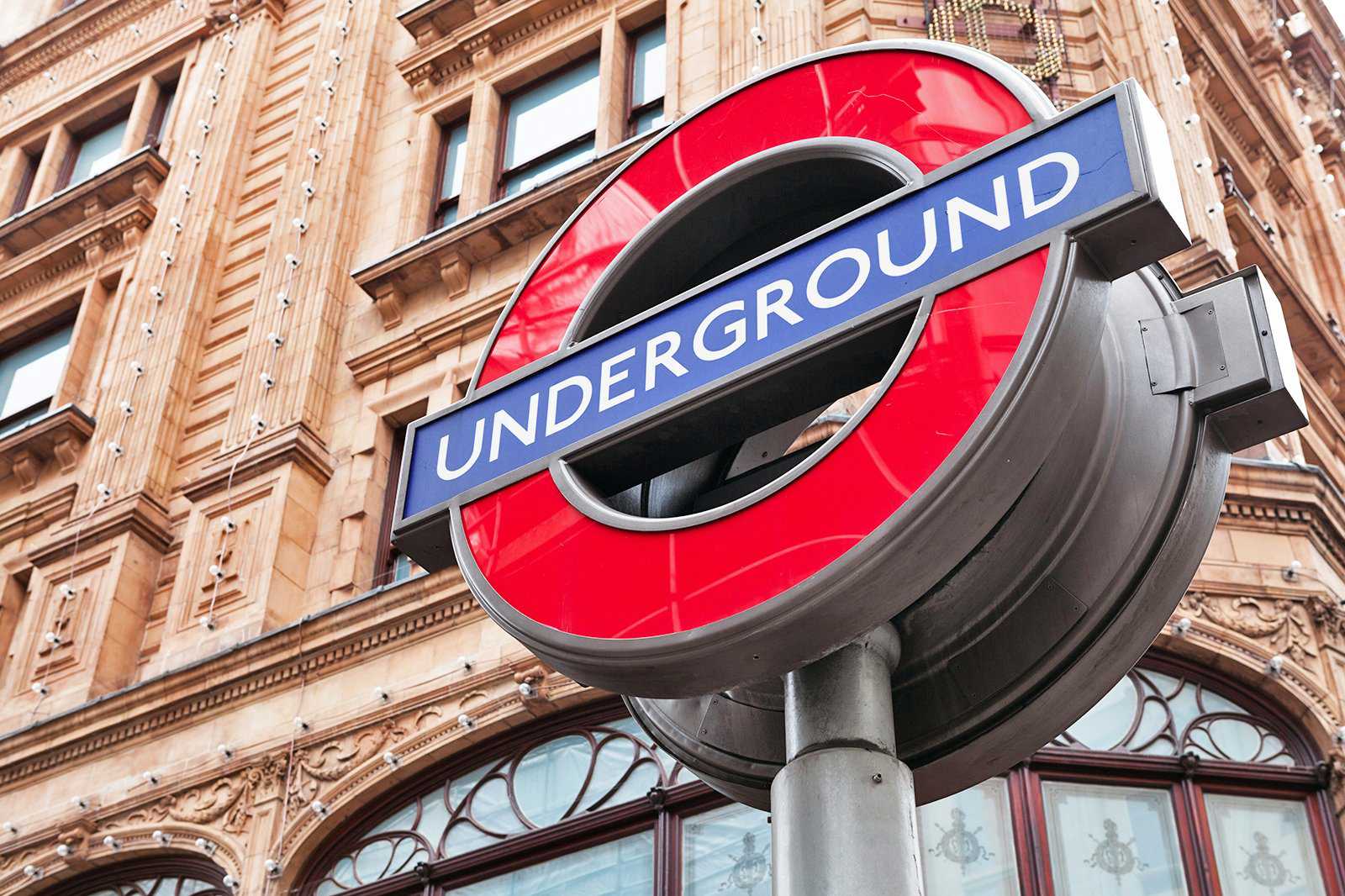
Known better as the Tube, or Underground, the subway system of London was the world’s first. Despite it being 150 years old, it has been brought into the 21st century, all while retaining its iconic charm.
- Oyster cards are the preferred way to pay for public transport. You can also buy single-trip tickets and 1-day tickets from ticket machines and staffed counters in all stations
- There are 11 lines, all with distinct names and colours
- Trains run from 5.30 am until just past midnight, with an all-night service on selected lines on Fridays and Saturdays
- The Overground lines (mapped in orange) are pretty much part of the subway network too, and particularly useful if you’re heading to the trendy districts of east London
Travelling by bus
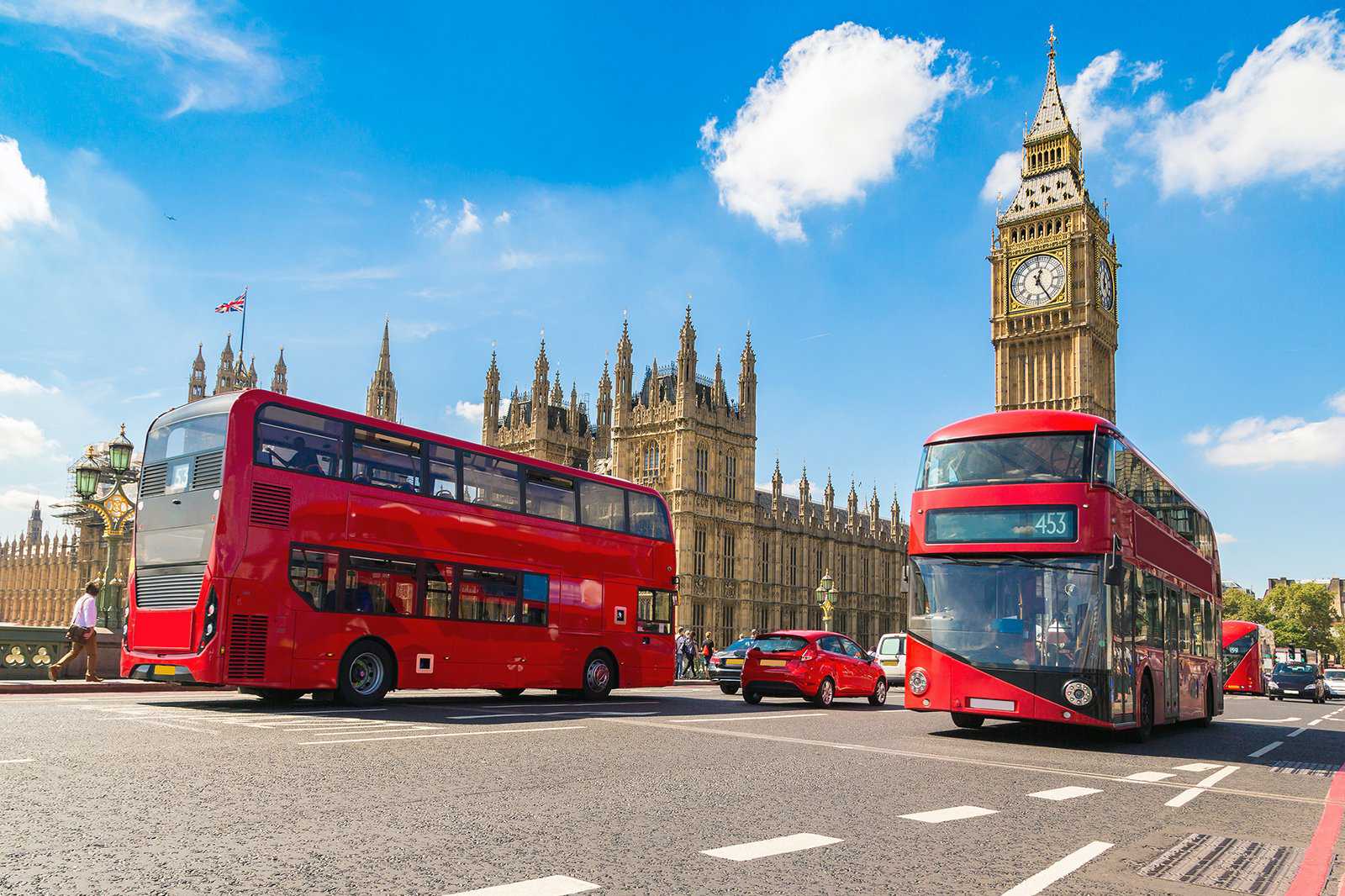
Another example of iconic London transport, city buses are everywhere, and very red. That top deck is a wonderful way to sightsee around the city, especially if you manage to grab the front seats.
- Enter through the front door, tap your Oyster card or Contactless credit card on the reader – no cash is accepted at all – and find a seat
- You need to buy an Oyster card before you board a bus. You cannot buy one on board
- Bus stops all have maps to help you find a good route
London by taxi
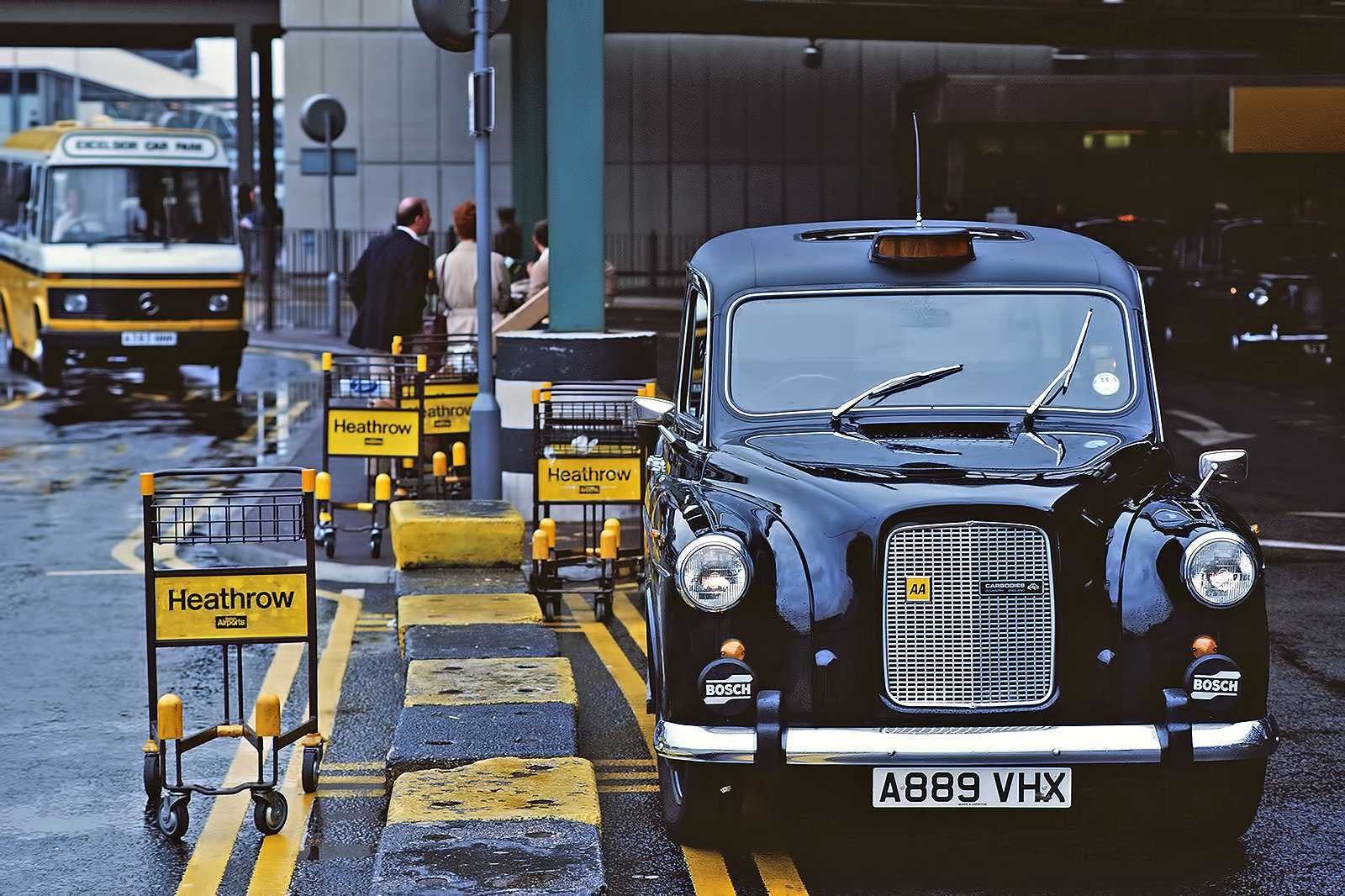
London’s iconic black cabs are easy to spot, and you can easily hail them down on the street or pick one up at a taxi rank. Look out for the orange light. They’re all metred and the driver will have no problem finding the best route to your destination.
London by car
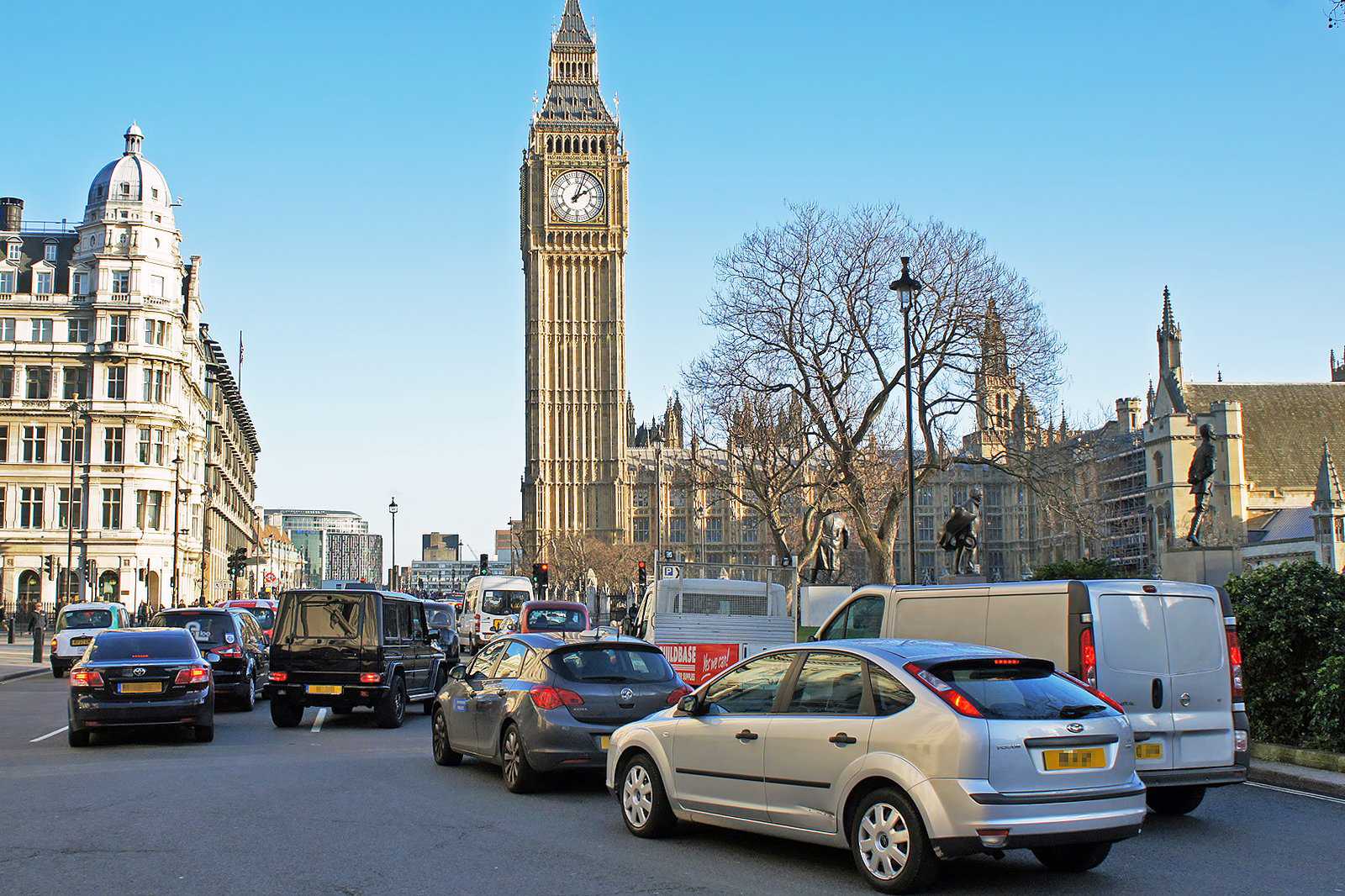
Think again if you’re planning to use a car in London. There’s not much point if you’re just staying in the city.
- You will have to pay a daily Congestion Charge to drive in central London
- Parking fees can be very expensive
foto de Mariordo (CC BY-SA 3.0) modificada
Bicycle

London has a huge cycle hire scheme that’s expanding by the minute. It’s wonderful for short or leisurely trips in the parks, and really practical for visitors too.
- All you need to do is use a credit or debit card at one of the docking points to get access
- It’s free for the first 30 minutes before you start paying for every 30 minutes after that
foto de Nick-D (CC BY-SA 4.0) modificada
What are the main annual events in London?
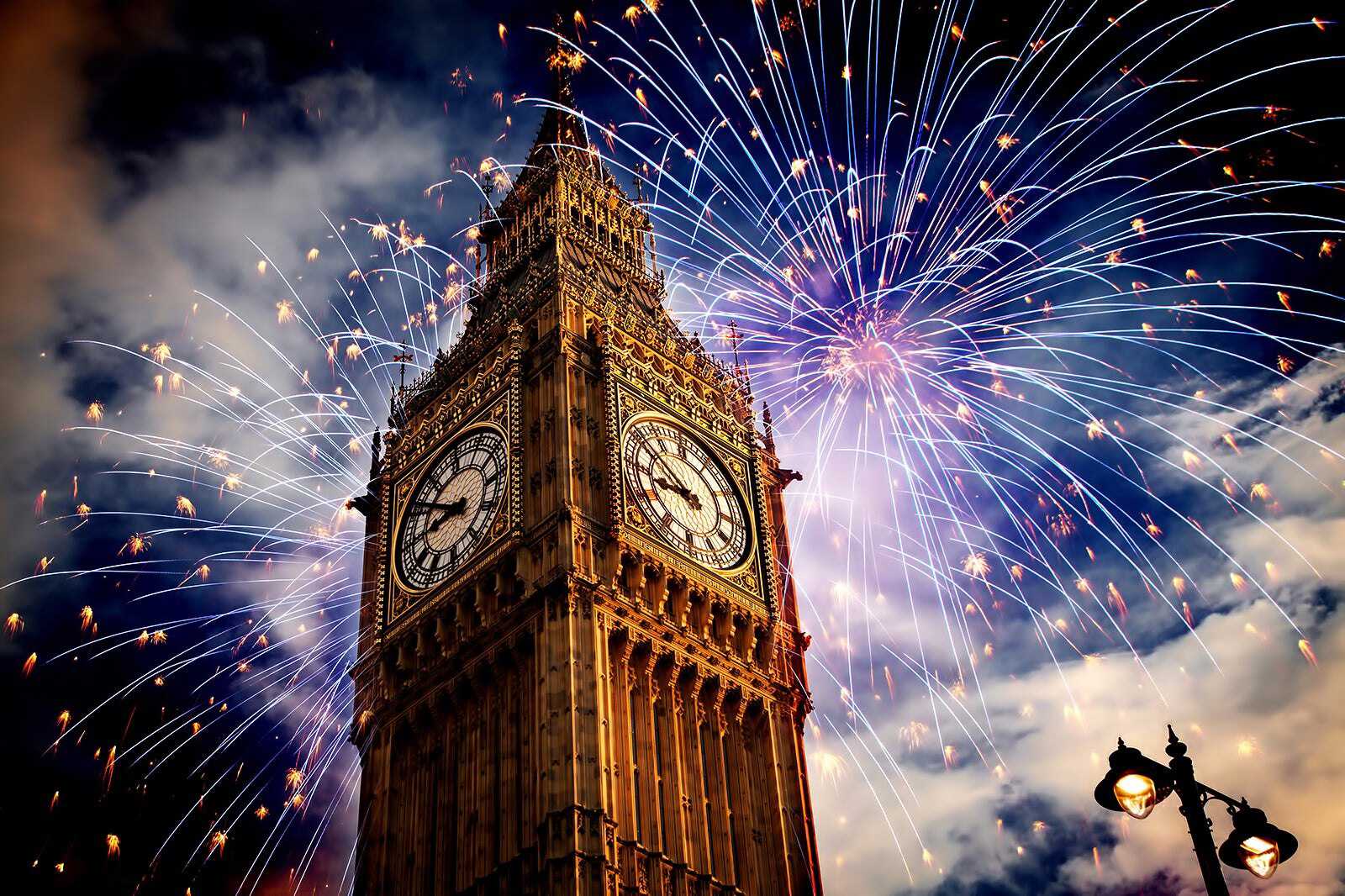
Notting Hill Carnival
- What: One of the largest street festivals in Europe, Notting Hill Carnival features more than 100 shimmering floats. Thousands of dancers follow the parade swaying to the infectious rhythms of calypso, soca and steel band music.
- When: August
- Where: Notting Hill
Hyde Park Winter Wonderland
- What: Winter Wonderland celebrates Christmas in style in Hyde Park. Expect festive markets, twinkling lights, and over 100 rides, including a giant Ferris wheel. Live performances are also part of the celebration with a circus, ice shows and live music.
- When: Mid-November-early January
- Where: Hyde Park
Trooping the Colour
- What: Trooping the Colour is a public celebration for the Queen’s birthday. It features a military parade performed by around 1,400 soldiers, 200 horses and 400 musicians. They follow the Queen, who parades in a carriage.
- When: June
- Where: Buckingham Palace
Este artigo inclui opiniões da equipe editorial dos Go Guides. A Hoteis.com remunera os autores dos textos publicados neste site, o que pode incluir custos de viagens e outras despesas.
Planeje agora sua viagem
Onde ficar em London

The Tower Hotel, by Thistle

Zedwell Piccadilly Circus

Park Plaza London Westminster Bridge

St Athans Hotel

Point A Hotel London Kings Cross – St Pancras

The Standard London

Mitre House Hotel

Strand Palace Hotel

St Giles Hotel - London

Sea Containers London
Artigos relacionados
- 10 Best Museums in London

10 Best Museums in London
United Kingdom - 11 Best Things to Do After Dinner in London

11 Best Things to Do After Dinner in London
United Kingdom - Camden Market in London

Camden Market in London
United Kingdom - Chinatown Gate in London
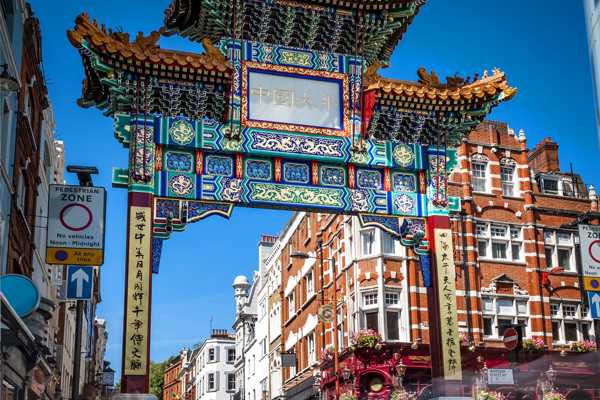
Chinatown Gate in London
United Kingdom - 11 Best Markets in London
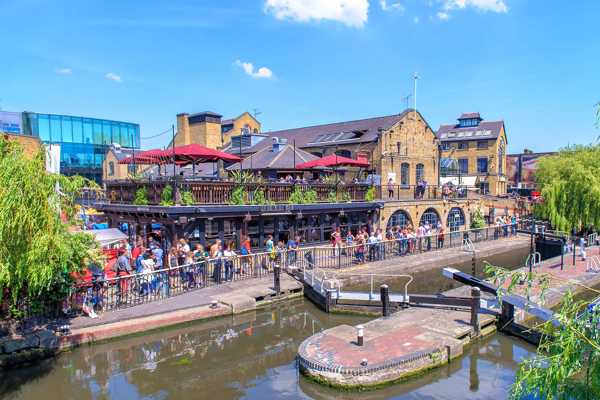
11 Best Markets in London
United Kingdom - 10 Best Things to Do for Couples in London

10 Best Things to Do for Couples in London
United Kingdom - 10 Best Lavender Fields in London

10 Best Lavender Fields in London
United Kingdom - 10 Best English Food to Try in London
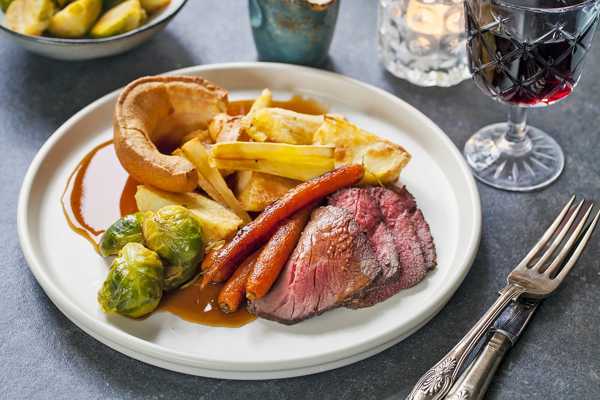
10 Best English Food to Try in London
United Kingdom
